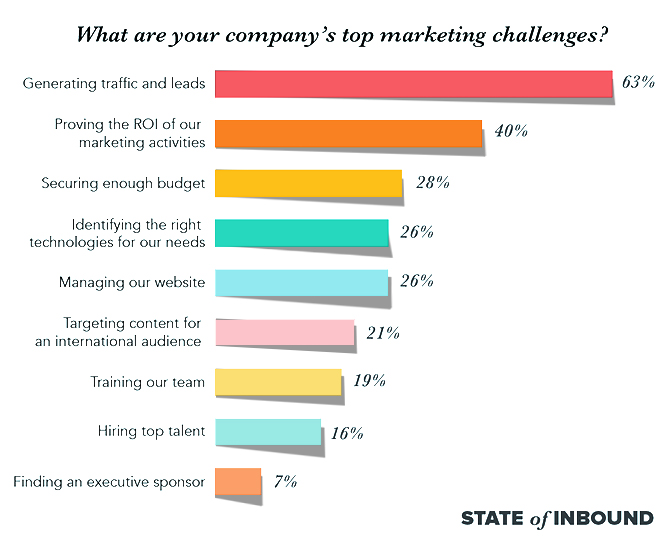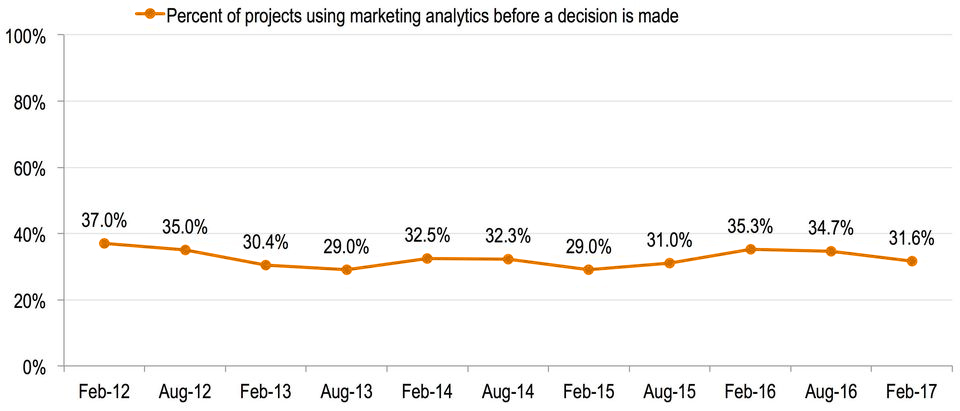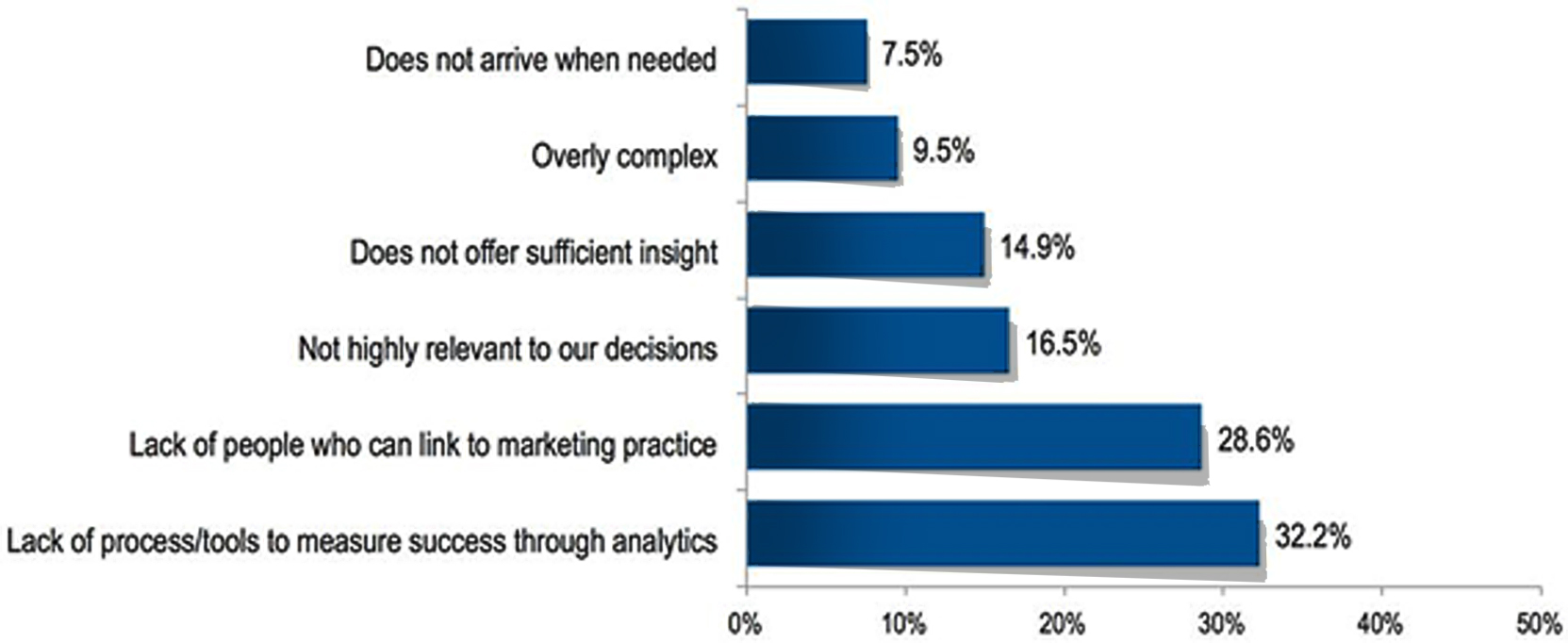“You can’t do today’s job with yesterday’s methods and be in business tomorrow.” – Nelson Jackson
The digital age has changed marketing forever, extending the reach of small businesses while demanding more from the larger, more established companies. This level playing field has completely altered traditional advertising and brought about the need for an integrated approach across all business and marketing functions.
As business has continued to evolve and organizations are seldom offering only one unique service or product, packaging these organizational offerings and then marketing them to prospective buyers has become an expansive task. Furthermore, merging the goals and ideals of each business unit, while getting buy-in from the rest of the organization, is often difficult to achieve.
Through all of this, growing their business remains paramount to business owners and, as most companies have come to realize, the biggest challenge they face is finding the time and resources available to feed their marketing initiatives.
When reviewing an organization’s marketing initiatives to identify potential next steps, it’s important to have a thorough understanding of goals and limitations. According to a recent HubSpot survey, 63% of businesses are heavily interested in generating web traffic and leads, while only 26% are actually interested in managing their website. Misaligned goals at the top could cause major issues throughout each of the campaigns that are implemented over the course of the year.

Where Have We Been, Where Are We Now, Where Are We Going
The late philosophical management consultant Peter Drucker once said, “What gets measured, gets managed.” If you’re not measuring your digital initiatives, how can you manage or optimize them? Just because you measure something doesn’t guarantee that you will actually manage it; however, measurement is the starting point.
When asked to rate the percentage of projects in which marketing analytics were referenced before making a company decision, business leaders have consistently reported levels ranging from a high of 37% in 2012, to 31% in 2017.

When digging deeper into the numbers, one third of the respondents reported that the biggest factor behind this misuse of data is the lack of processes or tools that measure success through analytics and an uncertainty of what the data is actually saying. The data suggests that companies have not completely thought through how their analytics will enter the decision-making process, or how analytics will help marketers understand the effectiveness of their actions. Another issue behind the data is that firms lack people who can span the world of marketing analytics and marketing practice. This divide between rigor and relevance requires analytical minds that can interpret the data and put it to use.
One organization, faced with challenging markets, growing product offerings and an array of independent business lines spread across multiple industries (that, at times, intersected), realized a need to adapt to and overcome this change. They had to ask what was the best way to move forward? What has been successful thus far? What really needed work? Where was the best place to start?
Vee Healthtek was brought in and tasked to create a comprehensive plan that answered all of these questions, and most importantly, implement the necessary steps to propel the company forward for the years to come. Knowing all of this and to fully understand the marketing reach previously achieved for this client, data for each separate business line had to be gathered, analyzed and verified to fully gain the necessary analytical insights. After thorough review, the data showed, that while each business line had experienced some success on their own, there was a lack of a strategic vision or any mechanism that brought each business unit together to create cross-selling opportunities.
The decision was then made to create an integrated marketing plan, encompassing the various business units that aligned with one unified vision. A comprehensive plan was needed to bring the independent companies under one roof and globally create the foundation for future growth.

You Never Get a Second Chance to Make a First Impression
A new vision offers the chance to rebrand the company and roll out new marketing campaigns. The first step of this plan was to integrate the separate business lines into one structured and strategic website. The next step was to create fresh collateral that reflected the new mindset and begin building campaigns specific to the various industry audiences.
Working closely with the business heads for each service unit, the Marcom team at Vee Healthtek worked diligently to identify, gather and create all new service line specifics. Implementing best practices and sticking to strict deadlines. A ten to twelve month process was condensed into a four month rollout. Not only did this offer the greatest chance for increased sales opportunities, but it quickly solved an issue the company had been trying to work around for years.
Results matter, Vee Healthtek Delivers
Upon completion and rollout of the new website and marketing materials, integrated marketing campaigns increased web traffic and qualified lead opportunities across the board. Utilizing an analytical approach to marketing, the possibility to cross-sell services across various industries became instantly apparent and deals matured at a faster pace as various needs could be met within one deal.
Organizations need to do everything they can to maximize revenue, increase exposure and reduce costs. Realizing that change was necessary to thrive in a competitive market, one company made the decision to rethink how they did business. Utilizing the strengths of Vee Healthtek, we were able to provide a high-quality service that improved our client’s bottom line, increased their digital footprint, and provided an edge over the competition that was necessary to compete in today’s digital world.

